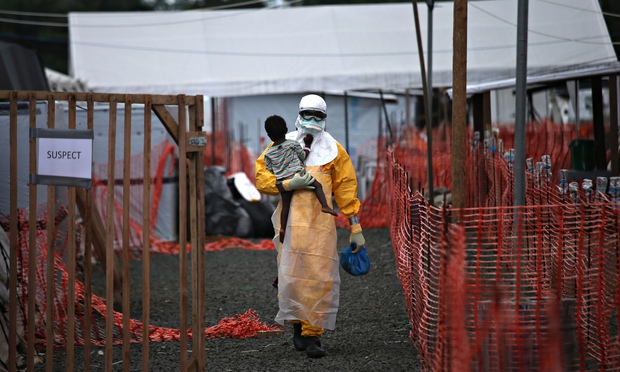For this exercise you are going to find scenes or parts of scenes that are each dominated by a single one of the primary and secondary colours. To produce images that match the six colours closely, you may find that you have to make a number of attempts. Don’t feel frustrated at the difficulty of making an exact match with each example – you will be refining your own ability to judge these colours.
AoP Coursebook
The open-endedness of this exercise – exemplified by the phrase “you may find that you have to make a number of attempts” – led me to wildly overshoot for this part of the course. The exercises here and the one on colour combinations merged into one long set of shoots that also began to overlap with getting the assignment done; one moment I’d see something RED and bracket it, the next I’d see something YELLOW set against VIOLET and bracket it too, then I’d see a contrasting colour highlight and take a candidate picture for the assignment. The next day I’d go to reshoot the bits that hadn’t come out as expected and then be distracted by something else.
Eventually, I realised I just had to stop and get the assignment finished as a priority. Now, at the end of the course, I’ve returned to try to make some sense of the stuff I got lost in nearly a year ago. Here are the most exemplary versions of each of the six colours. The way the colours behave as they are move from over to underexposure is described in a hugely subjective way in the text that goes alongside them. Continue reading







